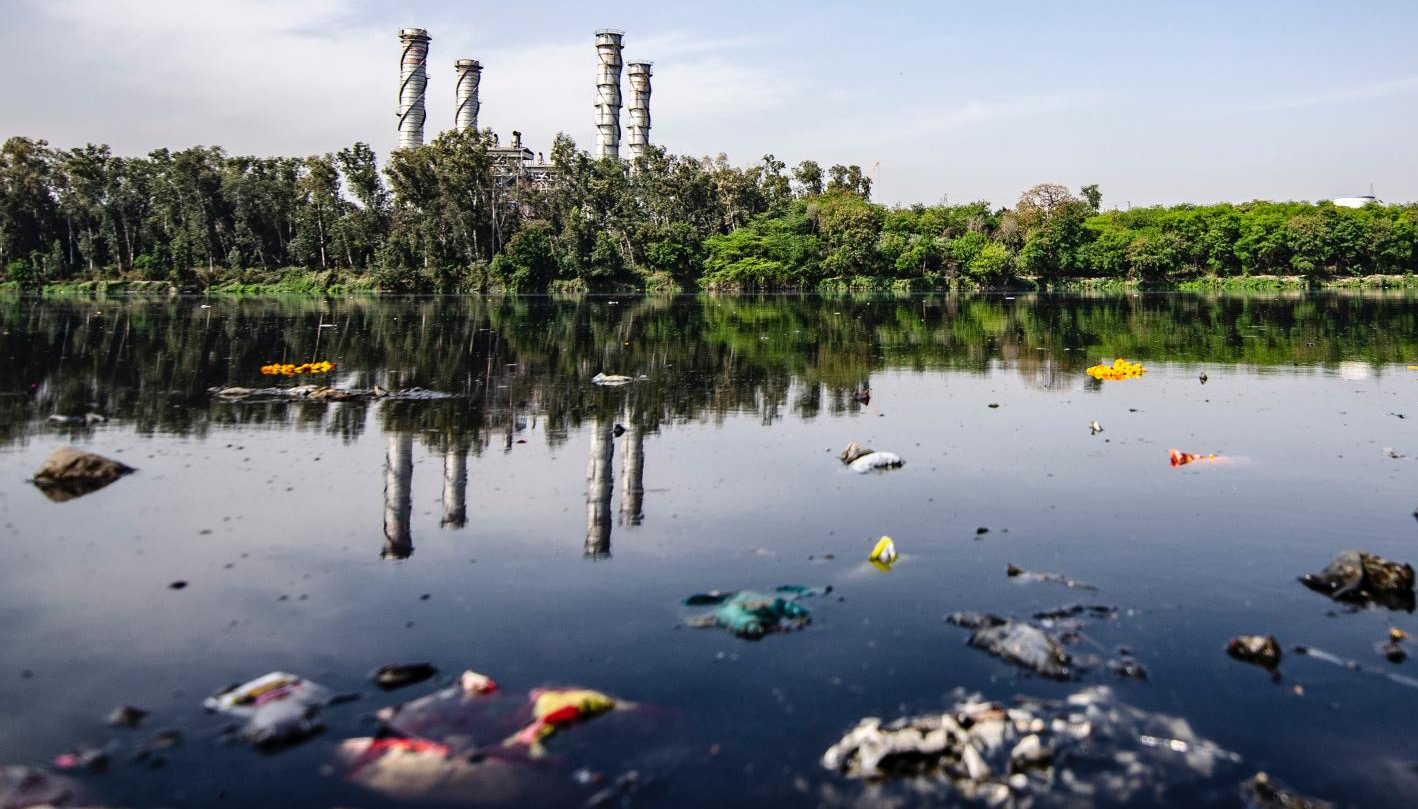
Admin
October 2, 2019
A solution for drug contamination and drug waste in sewer networks

Battling contaminated wastewater network events
Medications disposed of carelessly, whether flushed down the toilet, discharged by healthcare facilities, or released by other illegal chemical dumping are a growing environmental problem. These discharges are a major source of environmental pollution and are extremely harmful to water reuse possibilities . The chemical loads affect output water quality from WWTPs as some compounds are difficult to remove efficiently and can even kill the bacteria that power biological effluent treatment processes. So, what are the effects of these discharges on our sewer system and water treatment facilities, and how can they be prevented?
Thomas ter Laak , a researcher at the water research institute KWR, analyzed the consequences of drugs and drug waste in wastewater systems. The substances required for the production of chemical drugs – such as formic acid and hydrochloric acid – can eat sewer pipes or kill the bacteria water utilities use to purify sewage. Regular treatment facilities are often unable to properly remove drug waste that can harm traditional biological treatment processes. This happened in The Netherlands, at the WWTP Baarle-Nassau in 2016 and 2017 after someone dumped thousands of liters of hydrochloric acid into the sewer. The dumped chemicals killed all purifying bacteria used in the treatment process. As a result, the utility had to pump the wastewater out of the WWTP to prevent further damage to treatment processes and infrastructure. The management team had to implement an emergency plan, use trucks to get rid of the contaminated wastewater, and close the plant for two weeks.
Ter Laak argues that drug waste must be monitored on a more regular basis but relying on manual techniques risks missing dumping events. Manual sampling procedures take effluent samples periodically from the sewer to test its chemical values, indicating wastewater quality against pre-established standards. Digitization of the sewer system allows the network to be monitored automatically, 24 hours a day, helping management teams detect irregular patterns in wastewater loads. By identifying abnormal wastewater network patterns, operators can react promptly to contamination events happening in the network and take measures to protect treatment facilities, minimizing damage and associated costs.
Kando provides a digital solution that detects, traces, and samples illegal and excessive waste loads in the sewer at an early stage in real-time. Kando’s SaaS solution provides utilities and cities with IoT measuring units that automatically sample wastewater flows, a web-based engine, and the Kando Methodology. Kando’s engine (the smart algorithm) analyzes loads, detects deviating metrics, and notifies water management teams with actionable real-time network insights. The system traces the exact discharge source, and automatically initiates sampling to collect proof of the suspected event. The samples are then picked up and sent to the lab for analysis. Once returned, the results of the lab tests are added to Kando’s database to inform the later analysis of similar situations and enable enhanced optimization in future.
Your wastewater contains the data.
We just need to extract it so that you can optimize your operations.
Contact us and a member of our team will get back to you as soon as possible.




